EFFICIENT Pantry (or Cupboards): It’s About Arrangement!
Our other writers have talked about pantry organization, but I feel the need to make something clear. There are some basic guidelines to making this backbone of your kitchen efficient (user-friendly); and these guidelines have nothing to do with the organizing gadgets and gizmos you use, your pantry SIZE, or the amount of cupboards you do or don’t have.
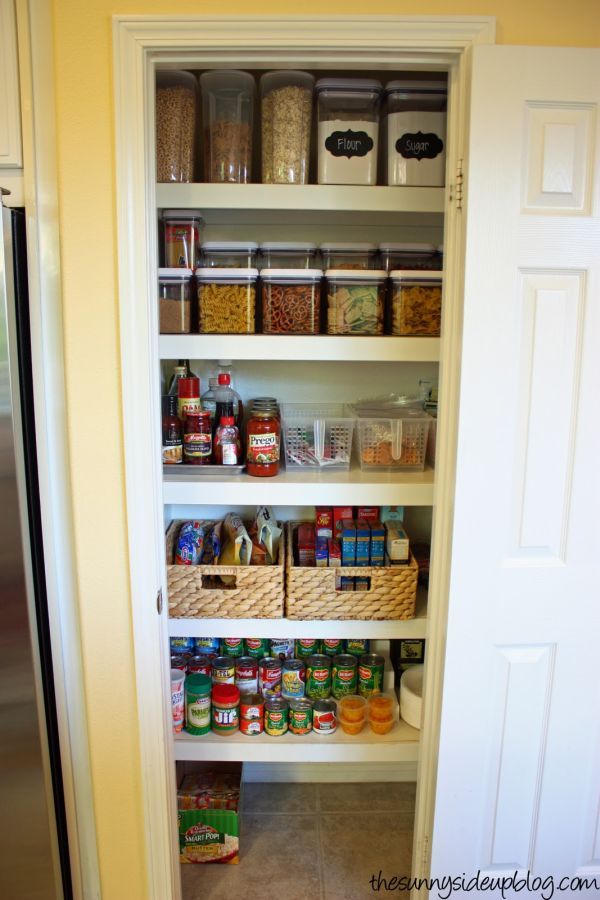
An efficient pantry can be as small as a couple cupboards—you don’t need the fancy-shmancy walk-in types you see in Martha Stewart’s Living magazine. And let’s not get hung up on location, either. A very efficient pantry can be a converted linen closet around the corner and down the hall from the kitchen (which is all I had when raising our 7 children in a very tiny home).

Since size or location isn’t the big deal, what IS the basic key to an efficient pantry—one that serves you, rather than works against you? It should only hold what you actually use, need, like, want, and have room for. This is the place for 2- to 3-week’s worth of provisions. It’s not the spot for long term storage, so you don’t want to put bulk-sized bags and boxes in a pantry. They go somewhere else—a food storage area, if possible. Smaller amounts are transferred into pantry-sized containers instead.
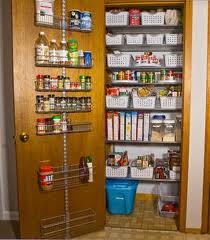
Now that we know what a pantry should hold (forgive the repetition, but it’s usually needed: only hold what you actually use, need, like, want, and have room for), let’s talk about smart pantry arranging.
Efficient arranging does the following:
Saves money by identifying what you're using, what you're not using and what you've bought in duplicate (or in some cases, triplicate).
Clarifies your cooking habits. For instance, in a burst of cooking ambition I bought some tofu. It sat unopened in my pantry and moved with me twice. I finally tossed the stuff, realizing I was still in the beginning stages of vegan cooking and only bought the tofu because I thought it was the right thing to do. What I learned: “If you go out on a limb and buy a new product, commit to using it that day or that week. Otherwise, it’ll likely just be taking up space in your pantry.” Can you relate?
Indicates what you should and should not buy in bulk. Another for instance: When cleaning out my pantry area, I noticed several small bags of quinoa and couscous hiding behind other things. Enough time has passed to show me I just don’t use it. But I do use oatmeal, daily. I decided to toss the quinoa and couscous (it was too old to donate to the food bank) and give this space to a larger container of oatmeal. Going forward, I committed to buying quinoa or couscous only when I had concrete plans to use it—either that day or sometime that week.
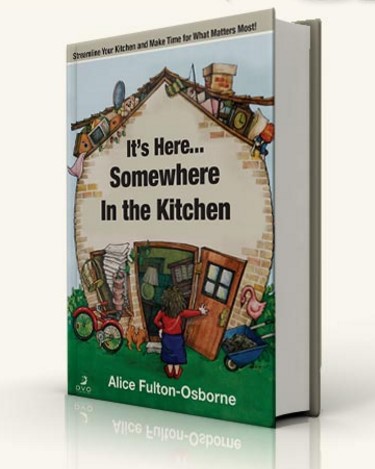
The bottom line to an efficient pantry, then, is grouping and storing like items together. If you want to watch me do this very thing, consider the DVD “It’s Here…Somewhere in the Kitchen.” (https://www.dvo.com/kitchen-organization-cookbook.html)
But for right now, here are specific examples of grouping and storing like items together:
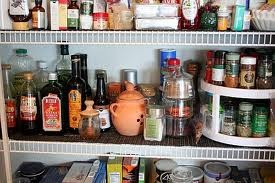
All vinegars (champagne, apple cider, balsamic, rice wine, etc. To that mix you could add white cooking wine, olive and grape oil, and an olive oil spray. Even though the bottles vary in height and width, they are always in a logical spot when you need them—there’s no more need to paw through things, wasting valuable time and energy.

All pastas
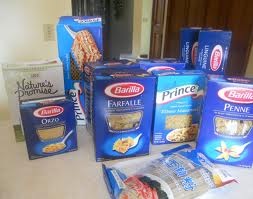
Canned beans and soups
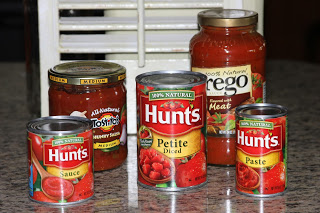
Tomato products (canned tomato sauce and paste, canned stewed and diced tomatoes, salsa, ketchup, etc.)

Sweeteners (honey, maple and agave syrups, brown sugar, white sugar, powdered sugar, stevia, etc.)
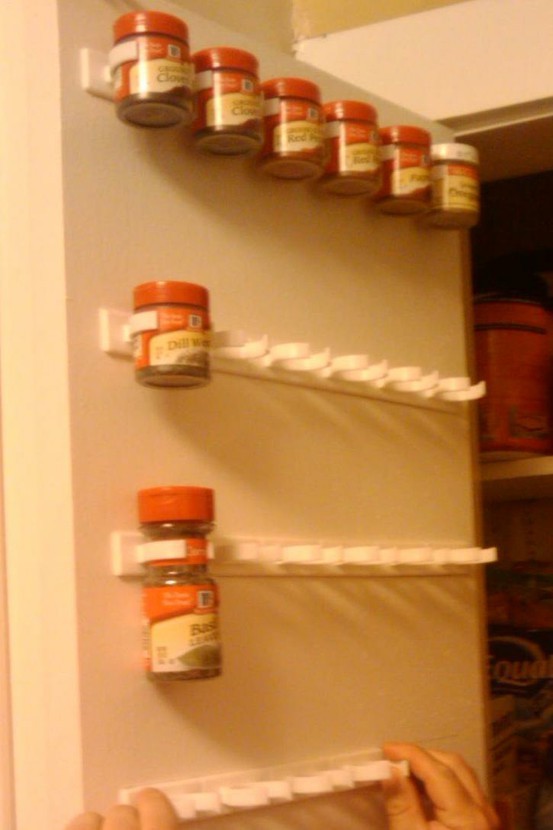
Herbs and spices (they need to be tossed after a year, so use ‘em up!). Be sure to segregate the spices from the herbs for easy finding. And if you’re “pantry” comprises a cupboard or two, consider this ingenious idea—clipping them into a broom and mop holder attached to the inside of your cupboard door (a gizmo worth getting).
And still more groupings:
Snack foods
Grains such as oats, rice, and cereals (to prevent weevil infestation—grrrr—freeze these for a day or two before adding them to your pantry)
Milks (coconut, powdered, canned, sweetened condensed, almond, rice, etc.)
Proteins (nut butters, canned tuna and salmon, etc.)
Legumes (lentils, split peas, dry pinto beans, etc.)
Now what would you add or subtract from these lists? You see the pattern though—things
are grouped together in categories (like items)—it’s called the “supermarket system” of
organization. This efficient organization approach has been around forever and it simply
works! So whatever you decide goes in your pantry, just be sure you put rhyme and reason into
its arrangement, the way grocery stores do.
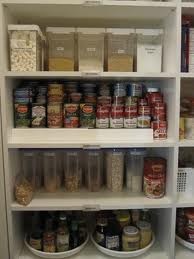
This organization exercise is well worth your time—efficient
pantry arranging will not only save time and energy, it’ll be a great incentive to cook
more—something we bet you’d like to do more of now that the season’s changing and the
holidays are approaching!
- www.thesunnysideupblog.com
- www.heavenlyhomemakers.com
- www.dvo.com
- www.thecouponproject.com
- www.best-time-of-our-lives.blogspot.com
- www.jewelpie.com
- www.pinterest.com
 Alice Osborne
Alice Osborne
Weekly Newsletter Contributor since 2006
Email the author! alice@dvo.com
